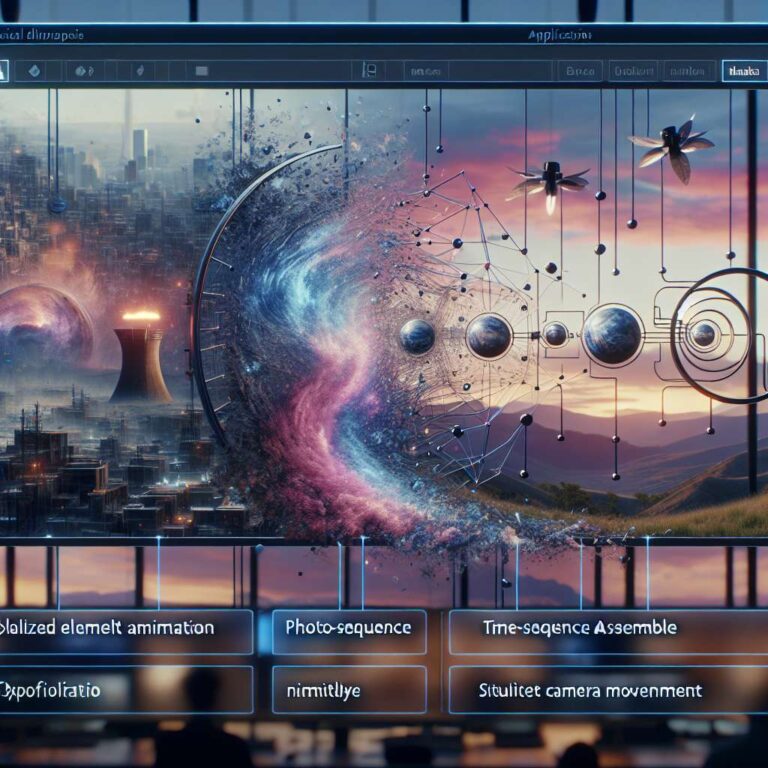Google’s Gemini is expanding its multimodal toolkit with new photo-to-video capabilities that aim to democratize video creation. The article describes the update as an effort to put sophisticated animation tools into the hands of everyday creators, letting users convert still images into short, dynamic clips without specialized software or a steep learning curve. The piece frames this as part of Google’s larger push to remain a frontrunner in generative Artificial Intelligence and to blur the line between photography and videography.
The functionality centers on three distinct approaches. First, users can animate a single still image by adding subtle, localized motion such as hair blowing, water ripples, or smoke, bringing specific elements to life. Second, Gemini can assemble short, cohesive video clips from a series of related photographs to produce mini-montages, smooth transitions, or time-lapse effects without manual interpolation. Third, the tool can simulate dynamic camera movements like pans, zooms, and tilts over a static scene to add cinematic flair. According to the announcement linked in the article, these features are designed to be user-friendly and require minimal technical expertise, making them accessible to a broad audience.
The article situates Google’s update in a competitive landscape alongside companies such as RunwayML, Pika Labs, and OpenAI’s Sora, noting that integrating these tools into Gemini leverages Google’s ecosystem and user base. It highlights practical benefits for small businesses, marketers, and social creators who can produce engaging visual content without hiring videographers. At the same time, the piece raises ethical concerns about misinformation and deepfakes, and calls for safeguards including watermarking and content provenance to ensure responsible use. The author concludes that Gemini’s photo-to-video features reinforce the role of Artificial Intelligence as a co-creator that augments human creativity rather than replacing it.

